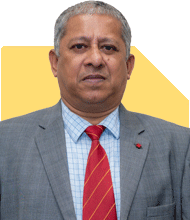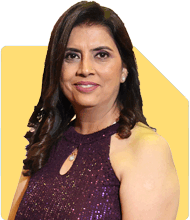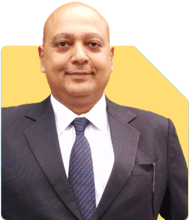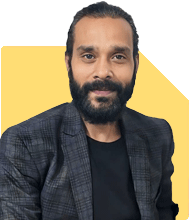Should I pursue a Masters in Data Science abroad with a Bachelors in CSE specializing in Bioinformatics?
Prof Suvasish Mukhopadhyay | Answer |Ask -Follow
Career Counsellor - Answered on Apr 03, 2025
He has guided and motivated graduate and postgraduate students in science and technology to choose the right course and excel in their careers.
Professor Suvasish has authored 47 books and counselled thousands of students and individuals about tackling challenges in their careers and relationships in his three-decade-long professional journey.... more

I am pursuing a bachelors in cse with a specialisation in bioinformatics. Am I eligible for a masters in data science abroad
You may like to see similar questions and answers below
Geeta Ratra | Answer |Ask -Follow
Visas, Study Abroad Expert - Answered on Apr 07, 2023
Geeta Ratra | Answer |Ask -Follow
Visas, Study Abroad Expert - Answered on Jan 03, 2024
Geeta Ratra | Answer |Ask -Follow
Visas, Study Abroad Expert - Answered on May 21, 2024
Sushil Sukhwani | Answer |Ask -Follow
Study Abroad Expert - Answered on Jul 05, 2024
Dr Pananjay K Tiwari | Answer |Ask -Follow
Study Abroad Expert - Answered on Aug 06, 2024
Ramalingam Kalirajan |10906 Answers |Ask -Follow
Mutual Funds, Financial Planning Expert - Answered on Dec 19, 2025
Nayagam P P |10859 Answers |Ask -Follow
Career Counsellor - Answered on Dec 19, 2025
Ramalingam Kalirajan |10906 Answers |Ask -Follow
Mutual Funds, Financial Planning Expert - Answered on Dec 19, 2025
Ramalingam Kalirajan |10906 Answers |Ask -Follow
Mutual Funds, Financial Planning Expert - Answered on Dec 19, 2025
Ramalingam Kalirajan |10906 Answers |Ask -Follow
Mutual Funds, Financial Planning Expert - Answered on Dec 19, 2025
Radheshyam Zanwar |6751 Answers |Ask -Follow
MHT-CET, IIT-JEE, NEET-UG Expert - Answered on Dec 19, 2025
Radheshyam Zanwar |6751 Answers |Ask -Follow
MHT-CET, IIT-JEE, NEET-UG Expert - Answered on Dec 19, 2025
Samraat Jadhav |2514 Answers |Ask -Follow
Stock Market Expert - Answered on Dec 18, 2025
Reetika Sharma |432 Answers |Ask -Follow
Financial Planner, MF and Insurance Expert - Answered on Dec 18, 2025
Reetika Sharma |432 Answers |Ask -Follow
Financial Planner, MF and Insurance Expert - Answered on Dec 18, 2025

























